How To Treat A Clogged Ear
The ears might be independent of other body parts as far as we can see with the naked eye, but they are more connected than most realize. The sinuses are directly connected to the ears, which is why individuals may feel as if their ears are clogged anytime they have a sinus headache or pressure. It is an uncomfortable feeling, but it is not always an ear infection or something worse. When ears feel clogged, there are a few home remedies individuals can use. Symptoms should disappear with these simple remedies for clogged ears within a few days.
Inhale A Little Steam

Inhaling steam can ease some of the pressure in blocked sinuses. Moisture in the nasal passage works well to help keep sinuses from becoming too dry, as when they become too dry, they tend to hurt more. The great news is there are numerous ways to inhale a little steam, which means individuals do not need to make a trip to the store for supplies. The first way is for patients to place a warm washcloth over their face for a few minutes at a time.
This helps them inhale the moisture, which helps with the pain and pressure. Individuals can also sit in their bathroom with the door shut and hot water turned all the way up. Let the bathroom become steamy, and just sit there for ten to fifteen minutes breathing in the steamy air. Individuals can also boil water and use a towel over the back of the head as they lean a bit towards the water and inhale.
Try The Valsalva Maneuver

Patients must be cautious if they choose to try using the Valsalva maneuver. While highly effective at helping relieve clogged ears, this is a delicate situation. This maneuver is performed by taking one hand and closing both nostrils, and then closing the mouth completely. Once both airways are completely restricted, individuals will try to blow out of their closed nose or mouth. This helps relieve pressure by equalizing it in both ears.
The problem with this maneuver is individuals can make it worse if they blow too hard. Thus, patients must be careful to blow hard, but not so hard that they make it even more difficult to hear. This is a method many patients use when they are traveling by plane and their ears begin to pop. The popping sensation is often difficult to deal with, but the pressure can be changed easily using this maneuver.
Try Mineral Oil Ear Drops
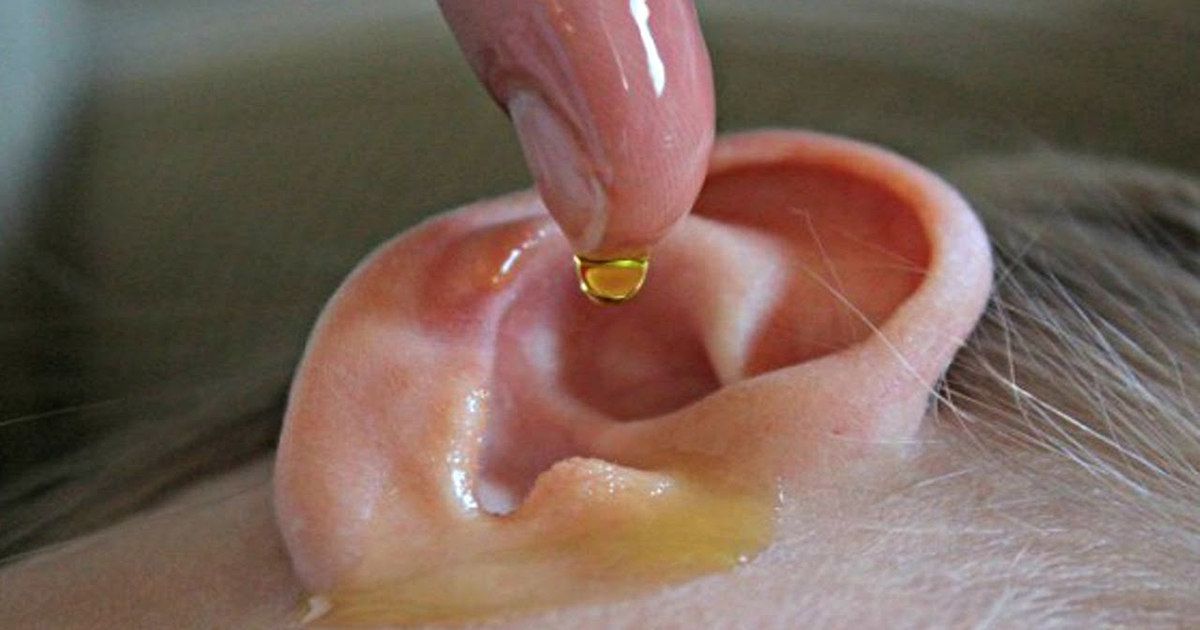
Not all clogged ears are a result of sinus issues. Sometimes, ears can be clogged for no other reason than a buildup of earwax in the ear. Individuals might have water in their ears from swimming, or they might just have some trouble hearing out of one ear because of it being clogged. If this is the case, individuals can try mineral oil ear drops. Many medical professionals have been recommending this solution to parents when they call in because their kids are complaining of their ears feeling clogged. This is easy to do, and it is effective in cleaning out too much stubborn earwax by softening it. Any mineral oil will work, but patients can also use hydrogen peroxide if that is all they have on hand.
All individuals must do is lean their head to one side, drop five to ten drops of mineral oil in the ear facing upward, and leave their head tilted to the side for approximately ten minutes. Lying down is more comfortable than doing this sitting up. When patients have spent ten minutes on their side, it's time for them to drain their ear onto a small towel and repeat the process. Wax should soften enough to come out of the ear and let them feel as if it is not as clogged.
Dislodge Trapped Fluid Gently
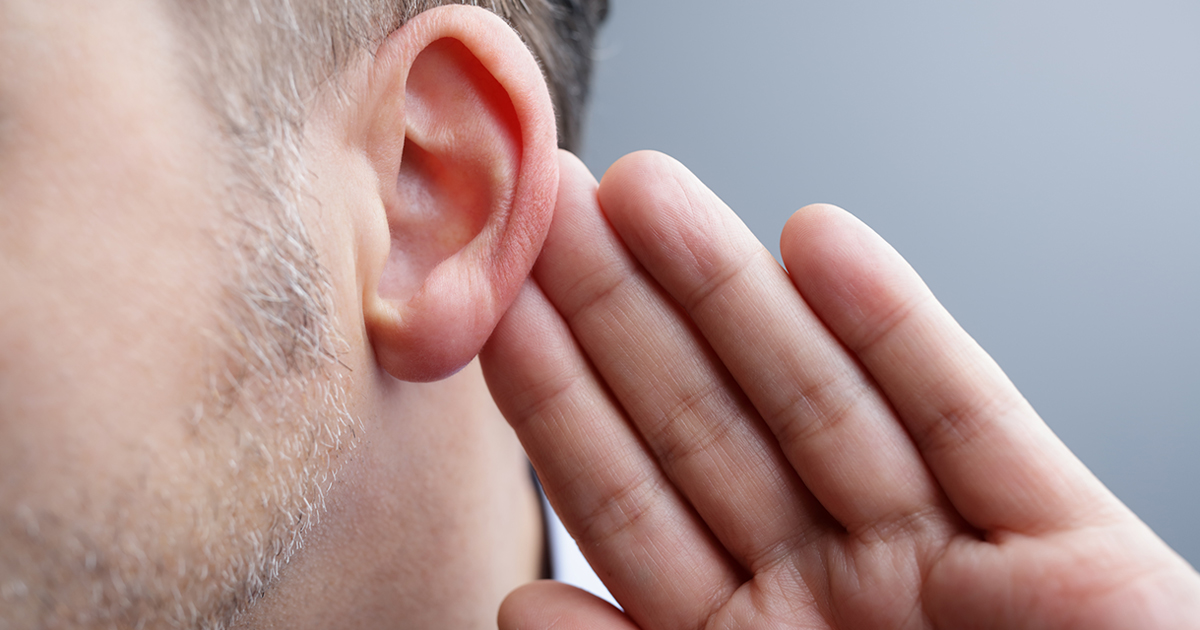
When individuals try to dislodge trapped fluid gently from their ear, they have a good chance of removing the clog and repairing their hearing. This is done in many different methods. One is to jiggle the affected earlobe while holding the ear facing down. The jiggling might be enough to dislodge any fluids without too much work. Patients can also lie on their side for ten to fifteen minutes at a time with their ear down on a towel. Gravity is the force at work here.
Patients can also hold their ear downward while cupping their hand over it tightly. When individuals uncup their hand every few seconds, they are vacuuming the fluid from their ears. Chewing gum is another gentle and effective way to help dislodge water or fluid stuck in their ear. It is noninvasive, and it does not hurt. All it takes is a chewing sensation to move the water along.
Take A Decongestant
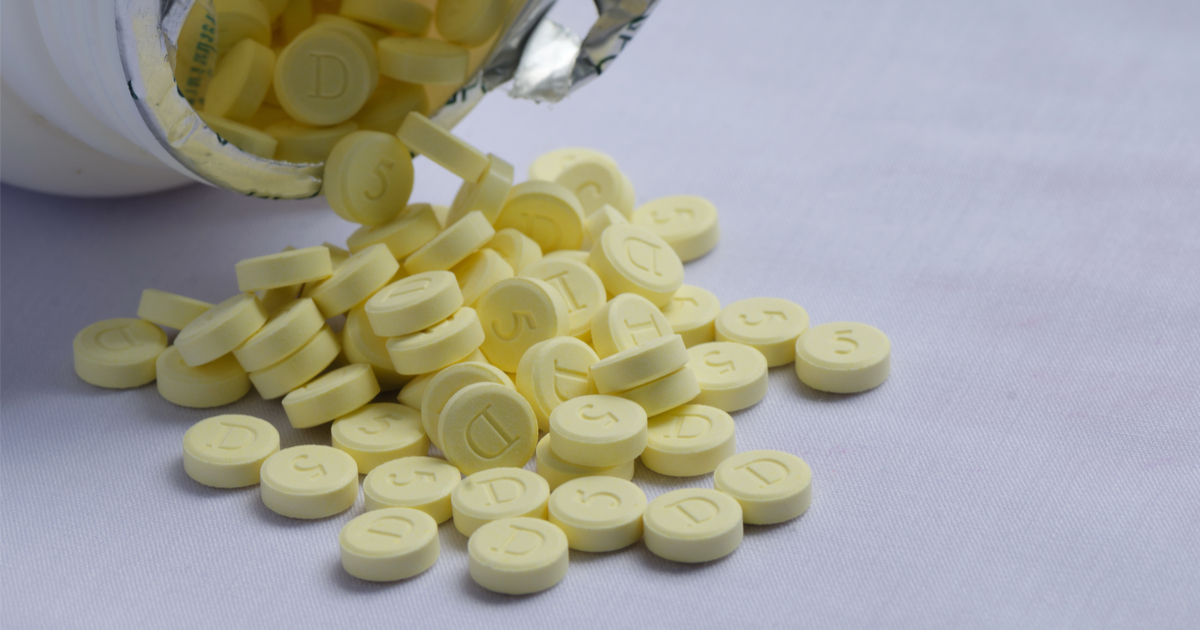
Many ear issues are related to sinus pressure, which is why a decongestant is a smart solution to ear pain. Patients do not need a prescription or special medication to make this work. If the ear pain is related to sinus problems, this will work well to help patients ease some of the pain and pressure. Their ears will feel less clogged within an hour or two of use. This works because when an individual takes a decongestant, they break up the congestion from their sinuses to unclog their ears.
Furthermore, this can help breathing. The one caveat to this solution is it is not meant to be used more than two to three days, and using a decongestant any longer can have the opposite effect on the body. Prolonged use causes more congestion, which means individuals are no longer getting the same effect from the medication as they were before they took it too long.
Ear Irrigation
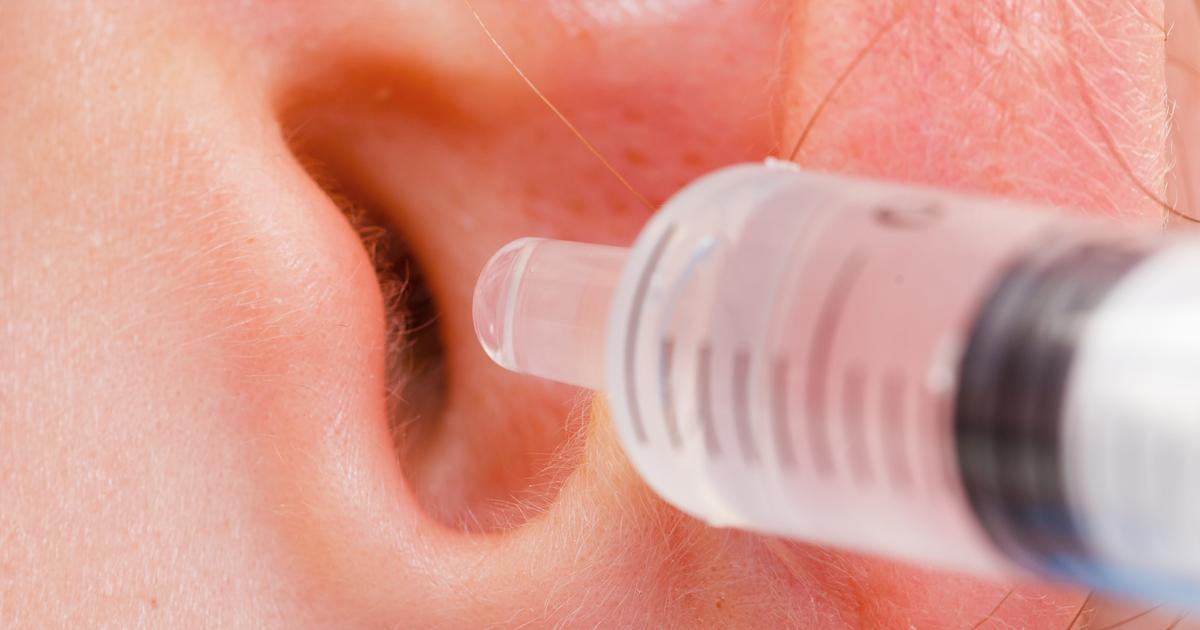
Ear irrigation is a procedure that can flush out foreign objects, wax buildup, and discharge. It is normally performed by a doctor or nurse, though some patients may be able to perform it on themselves at home. To properly irrigate the ear, the healthcare professional will fill a syringe with a mixture of water and saline, and this mixture will be pumped into the ear canal. After remaining in place for a few minutes, the mixture will be withdrawn from the ear.
Patients may experience temporary dizziness, ear discomfort, or tinnitus after ear irrigation, and these symptoms typically resolve within twenty-four hours. Individuals with an ear infection should not have their ears irrigated, and the procedure is not appropriate for patients who have ear tubes or for those with weakened immune systems. Patients should follow their doctor's instructions about how frequently they need to have their ears irrigated.
Take Antihistamines
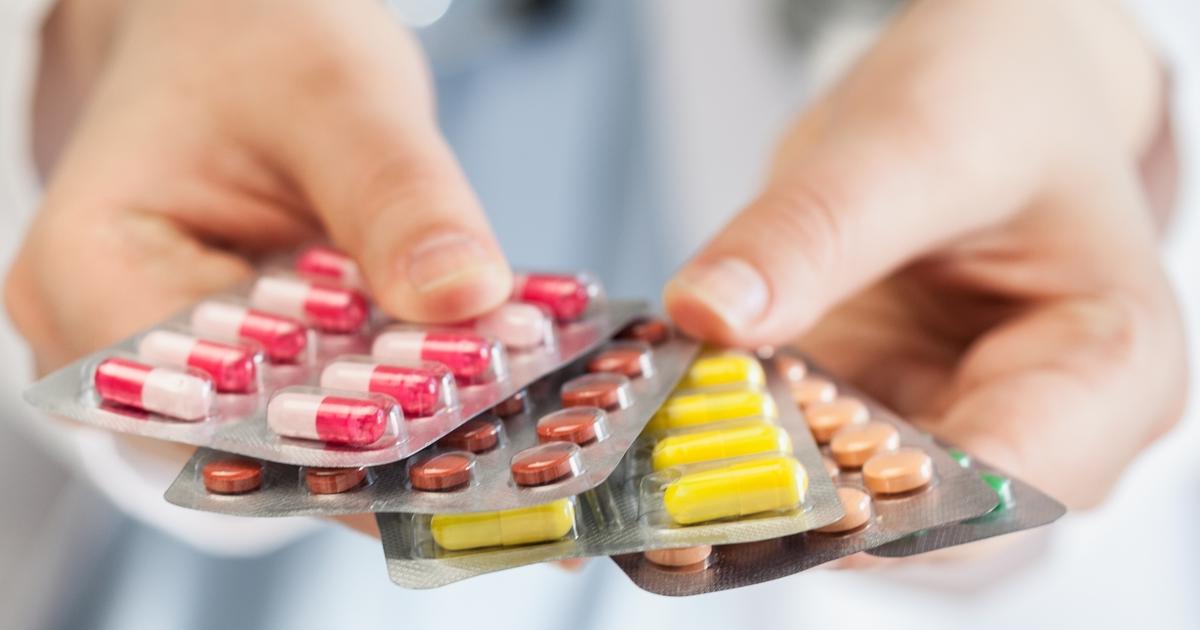
Patients who have clogged ears caused by Eustachian tube blockages may be advised to take antihistamines. These medications work by blocking histamine, and they can calm inflammation. Some of the most commonly used antihistamines include cetirizine, loratadine, and fexofenadine. While many of these are available over-the-counter, doctors may choose to prescribe stronger antihistamines for patients with severely clogged ears. Patients taking antidepressants and individuals who have epilepsy, cardiovascular disease, liver issues, or kidney problems should check with their doctor prior to taking any type of antihistamine.
Antihistamines may cause side effects, including headaches, a dry mouth, nausea, and drowsiness. Patients taking older forms of antihistamines might also experience blurry vision and difficulty in emptying the bladder. Some types of antihistamines may also cause reduced coordination, and patients on these medicines may need to avoid driving or using heavy machinery. Over-the-counter antihistamines should not be taken for more than seven days without consulting a doctor, and patients on prescription antihistamines should report any new or troubling side effects to their healthcare team.
Saline Nasal Spray

Saline nasal spray can help relieve clogged ears caused by Eustachian tube blockages, allergies, or sinus issues. While these types of nasal sprays do not contain any medication, many patients find them soothing and beneficial when used on their own or in conjunction with other treatments. Patients using the sprays to relieve clogged ears should ensure they are bending their head down towards the floor while spraying, and the nozzle should be perpendicular to the patient's face. To achieve the correct spray angle, doctors recommend aiming the nozzle as though it is pointing toward the neck or ear. Most importantly, the spray should never be aimed at the top of the patient's head, as this method does not allow the medicine to reach the Eustachian tubes.
While spraying, the patient should inhale through their nose. Most saline nasal spray can be used as often as needed, and some patients may wish to use it every hour. For individuals who continue to experience ear discomfort despite the use of saline spray, doctors can prescribe other types of nasal sprays that can be used in conjunction with the saline sprays. These sprays typically contain an antihistamine or steroid, and they are usually prescribed for a short time.
Drink Water Or Chew Gum

Clogged ears often occur during an airplane flight or while visiting high-altitude areas. In these cases, opting to drink water or chew gum can be effective. Drinking and chewing typically increase swallowing, and more frequent swallowing can help to naturally 'pop' the ears and equalize pressure, relieving muffled hearing and pain. When drinking water for ear relief, some patients find taking small, more frequent sips of water provides more relief than taking fewer, larger sips.
Hard candies, mints, gummy bears, or fruit roll-ups will all work if gum is not available. Even just mimicking the swallowing or chewing mechanism without liquid or food may be effective for some individuals. In addition, wearing earplugs designed for plane travel could minimize the discomfort and ear stuffiness associated with travel, and the earplugs might make swallowing more comfortable during the flight.
Treat Underlying Ear Infection

Sometimes, a clogged ear could indicate an infection that requires treatment. To evaluate a clogged ear, the doctor will look into the ear with an otoscope, and they will assess whether there is swelling, fluid, or redness in the ear canal or on the eardrum. Antibiotics may be prescribed to treat an underlying ear infection due to bacteria, and pain relievers such as ibuprofen and acetaminophen can be taken with antibiotics to keep the patient comfortable.
Some individuals find placing a heating pad or a warm compress on the affected ear is soothing. If a patient has repeated ear infections, they may need to have a procedure known as a myringotomy. This involves the surgical placement of a tube inside the ear so fluid can drain more easily. Since ear infections can lead to hearing loss, it is important for patients experiencing clogged ears to be evaluated by a medical professional to determine the underlying cause.
